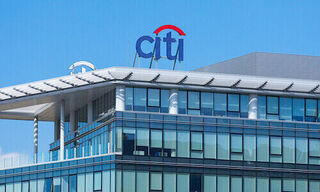Knight Frank and Holdways have published the latest China Retail Property Market Watch report. With several luxury retailers feeling pain in the Hong Kong market how are the Mainland Chinese retail prospects.
In the first half of 2015, China’s retail market improved, attributable to the stock market rally. This enhanced consumption desire and power, as well as supportive policies from the government, such as interest rate and import tariffs cut.
During the first half of 2015, Shanghai recorded the highest retail sales value among China’s major cities, followed by Beijing. Meanwhile, retail sales in Hangzhou grew at the fastest pace (21.0% year on year).
The take-up of prime shopping centres in major cities was satisfactory in the first half of 2015 despite an influx of new supply. According to Knight Frank and Holdways data, although the total stock of prime shopping centres in seven major Mainland cities grew 9.8 percent year on year, five of the seven major cities recorded falls in vacancy rates, compared to the same period last year. The vacancy rate in Hangzhou’s high-end shopping centres remained the lowest among China’s seven major cities in the first half of 2015.
Mid-tier retailers continued to expand, although luxury brands remained cautious amid the continual implementation of anti-corruption policies in China.
Traditional bricks-and-mortar stores continued to face increasing challenges from e-commerce. Shopping mall operators and retailers are promoting Online-to-Offline (O2O) business, to draw customers from online channels to physical stores.
Looking forward, David Ji, Director, Head of Research & Consultancy of Greater China at Knight Frank expects the recent volatility in the Chinese stock market could drag down purchasing sentiment in the short term, but the Mainland government will put effort into stimulating the retail sector, to transform the economy from being investment-fuelled to being consumption-driven.




















